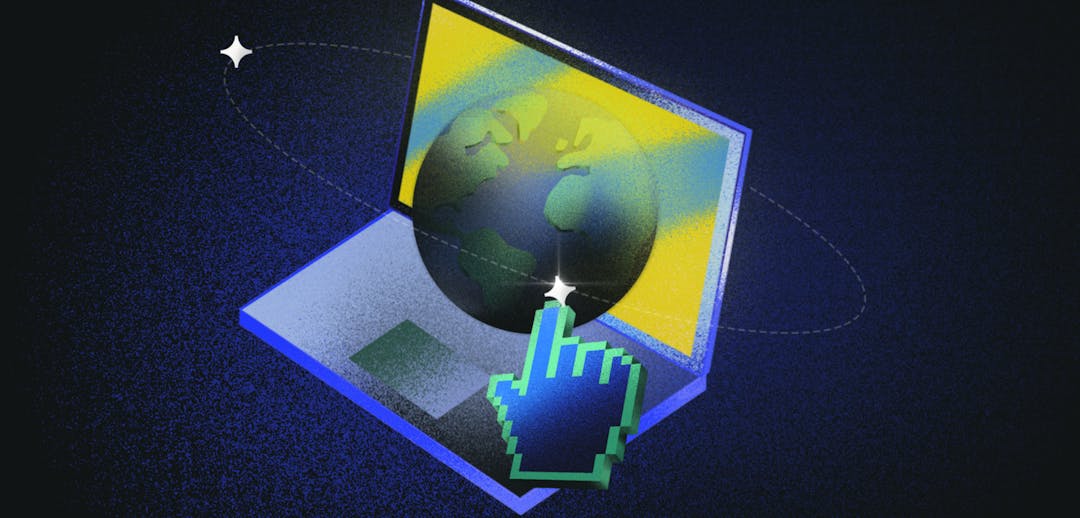Introducing Outliers: The State of SaaS Growth, Paddle's latest research report with actionable data and insights on the approaches that saw high performers deliver sustained growth in rocky times.
It’s no surprise that the ups and downs of the COVID years and the continuing uncertainty of world events have left many companies with a cautious outlook.
Only half (51%) of companies surveyed for this report expect to hit or exceed their ARR targets this year. Whether you set your ARR targets during a period of unusual growth, or your assumptions about the shape of the industry no longer stand, one thing is clear: the world has changed and the new ground feels rocky underfoot.
So, how can you hold onto the customers you gained during the past two years while getting your growth back on track?
We’ve conducted research across SaaS companies in 84 countries, including analyzing data from thousands of Paddle customers, to identify three key areas that have a fundamental impact on growth, and the approaches that sit within them. We’ve also spoken to decision-makers across companies, sectors, and countries to understand their blockers to scale and the strategies that are serving them.
Our findings are written up in The State of SaaS Growth report, which you can download here.
Here’s an overview of the key themes and some snippets of insights to wet your whistle:
Embrace new growth models
Inspired by success stories, more and more startups have embraced the product-led (PLG) approach, seeing a positive impact on their own growth. Traditional sales-led (SLG) companies have also adopted aspects of PLG, experimenting with low friction, self-serve models to gain more customers. On the other hand, as PLG companies have matured, they have begun, in turn, to adopt elements of SLG to deal with being pulled upmarket as their existing customers grow.
This hybrid model is proving more successful than sticking to a single strategy. But it’s not as simple as SLG + PLG = growth. To see the continuous benefits of a hybrid strategy, you need to take a deeper look at your approach to segmentation, your use of channels, and your pricing.
We see more customers upselling than churning, and our pricing model is part of that – it’s deliberately flexible, so people often use more than they anticipated and then upgrade. It gives customers the flexibility they need as our market is project-based, but it also gives us the security and level of commitment that we need. It stops it from becoming another unused subscription.
Peter Aschmoneit, CEO and Co-founder, Quantilope
Go deep on customer experience
To truly embrace PLG, lean into the customer experience and nail self-serve. For your customers to exist and thrive in zero-touch environments you need to ensure your product is intuitive and has the right guidance baked into it to enable full usage, without hands-on support.
How much attention have you given to the buying experience? Focus on true localization across pricing, currencies, and payments – and then empower your customers to navigate that experience themselves via self-serve. Don’t forget to think micro and macro: details like the format of a date or price can transform someone’s experience of your product. There are plenty of ways you can create a more flexible, familiar experience for your customers. We look at why true localization works and how you can embrace it.
Regardless of where your customer is based, they should feel like they're buying locally. Other than language, there are three levers to consider: local currency, local payment methods, and local spending power. The combination of these has a powerful compound effect on growth.
Julika Loecklin, VP, Customer Success, Paddle
Talent: Retain the best, refresh the rest
Talent is becoming harder to find – and more expensive when you do. It’s time to adapt your approach to hiring to reflect the new SaaS landscape. Cultivate teams who not only propel your growth forward with their own talents but are adept at attracting and retaining the right people as your company scales. This involves taking a long hard look at your Employer Value Proposition.
More companies are opting to put responsibility for revenue in the C-Suite. But while that might be the right choice for some, often larger, companies, not everyone needs a CRO. When’s the right time for you?
There is a real step-change between Series B and Series C. You need certain types of players in terms of energy, persona, attitude, approach, and resilience to take a company from zero to £20 million ARR, and then a different type of leadership to go from £20 million to £100 million, or beyond that to £1 billion.
Elizabeth Bramlage, CMO, ComplyAdvantage
Explore the data and interviews and dig into these topics by reading the full report. Download here.





